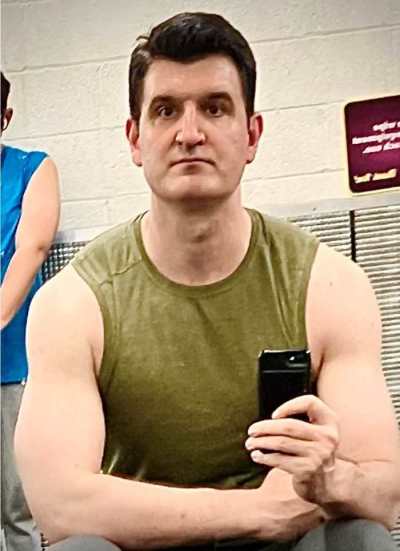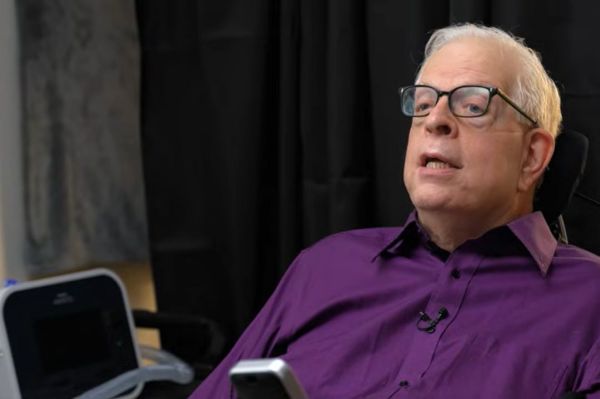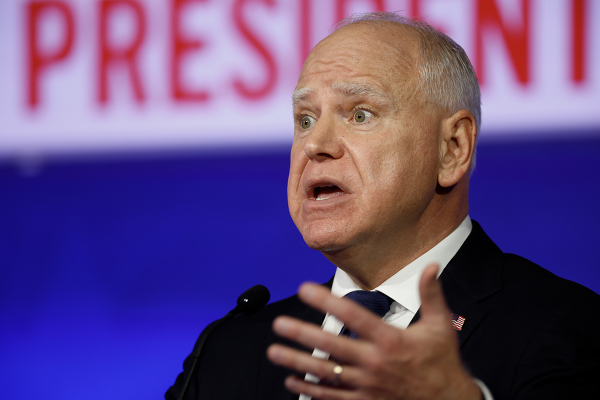I became a gym rat. Why I encourage young men to do likewise

Ten years ago, I was a skinny bag of bones. At age 29, I was 6 feet, 7 inches tall and I weighed 175 pounds.
I distinctly remember during this period of my life when a nice woman in her 70s from church saw how thin I was, and she actually asked me if I was eating enough. I generally avoid junk food, and I had and still have a fast metabolism. But lifting heavy things? Putting on mass? Not my forte. I’d periodically worked out in the gym, but never consistently. When I did, I was usually “that guy” awkwardly meandering around the Smith Machines and free weights not knowing what he was doing.
I wasn’t an athlete growing up except for running track for one year in middle school. Unlike most American boys who played Little League and varsity team sports during their youth, I sat my behind down at a piano bench at age 4 and didn’t stop until my senior year of high school. I didn’t shoot hoops; I mastered Chopin waltzes and sang in the choir. As a teen, I felt extremely intimidated and self-conscious on the rare occasion I’d be in the weight room with all the jocks.
But five years ago, a few months before I turned 34 and still thin as a rail, I decided that something had to change. Even though I was on a tight budget I marched into a cheap gym and told the trainer on staff: “I have only one goal, and that’s to make fitness a habit, a regular part of my weekly routine.”
The trainer replied: “That’s a good approach. If you make that your sole focus, you’ll enjoy all the benefits that come with it even more.”
He was right.
The next few years were a lot of trial and error and guesswork. I remember two separate occasions when other men in the gym took it upon themselves to correct me on my form while lifting. It was humiliating (borderline emasculating, to be honest) and I felt like a complete idiot, but in hindsight, their advice was helpful. So, I swallowed my pride and kept going. Except for the months when COVID-19 shut the gym down, I continued to show up and stay consistent.
Showing up and refusing to countenance excuses is truly half the battle. Once working out becomes a routine habit, it becomes a part of normal life. Then you start seeing and feeling the benefits: more strength, higher energy levels, sharper mental acuity, and yes, better looks. It’s really great.
What about hitting plateaus? That’s a thing too. As the years ticked by and I watched several fitness videos on YouTube to learn more, eventually I got to the point where I didn’t know how to challenge myself further and continue making progress without risking injury.
So when I received some unexpected money earlier this year I decided to do something out of the ordinary and hire a trainer.
On Instagram, obnoxious fitness influencer types with Texas-sized egos and Greek-god-like chiseled bodies abound. But then I stumbled upon the IG account of one Garrott Coelho, a seasoned pro who, despite being ridiculously jacked, is one of the most down-to-earth guys I’ve ever encountered.
I messaged him and ultimately signed up for a few months of coaching. Let me tell you, the man knows what he’s doing!
With weekly phone call check-ins and through the use of an app he monitors where I document my weight, diet, the weights used in workouts, and the number of reps, everything has leveled up for me. I’ve broken out of the plateaus, and am working out all muscle groups (and not skipping leg day!). Because of his guidance, I maximize my time in the gym with focused efficiency, and more than anything, he’s eliminated the guesswork and set me on a visionary trajectory.
Since everything is synchronized and streamlined on the app it’s easy to track the progress on all fronts. I'm inordinately excited to get in the gym every day and get it done. In fitness parlance, there is a unique, post-workout satisfaction that comes from “crushing it.”
The benefits increase the more disciplined one becomes. Although it’s possible to become unhealthily obsessed with fitness, when you prioritize your health like this it becomes easier to transfer that determined ethos to every other area of life and then those other areas start to flourish even more too. And since becoming a gym rat, I completely understand why it appeals to many men.
Approximately 85% of the patrons at my gym are men, many of them in their 20s and 30s. A certain camaraderie of mutual admiration and respect pervades the atmosphere as young men seek to become physically strong together. Bonds are forged with other men side-by-side after drop sets and supersets of hammer curls and lateral pulldowns. The pursuit of aspirational goals and strength-building taps into something almost primal.
The Apostle Paul recognized the importance of this, noting to Timothy that physical training has value (1 Timothy 4:8). I happen to believe that this has always been true for young men, but it is especially important for them today. It’s no secret that men, as a class, are not doing well. Recent public health data reveals that American men are more depressed than ever, committing suicide at high rates, and are engaged in all sorts of destructive vices.
Working out in the gym is not a cure-all for these issues, to be sure. But in light of the structure, discipline, and strength that men gain through it I fail to see any downsides. I encourage every young man to have a regular fitness regimen even if, like me, they weren’t particularly athletic previously.
And it makes a world of difference to consult a great coach who will help you make steady, sustainable gains. If you’re looking for one such fantastic trainer, Garrott Coelho is your man.
Send news tips to: brandon.showalter@christianpost.com Listen to Brandon Showalter's Life in the Kingdom podcast at The Christian Post and edifi app Follow Brandon Showalter on Facebook: BrandonMarkShowalter Follow on Twitter: @BrandonMShow





















